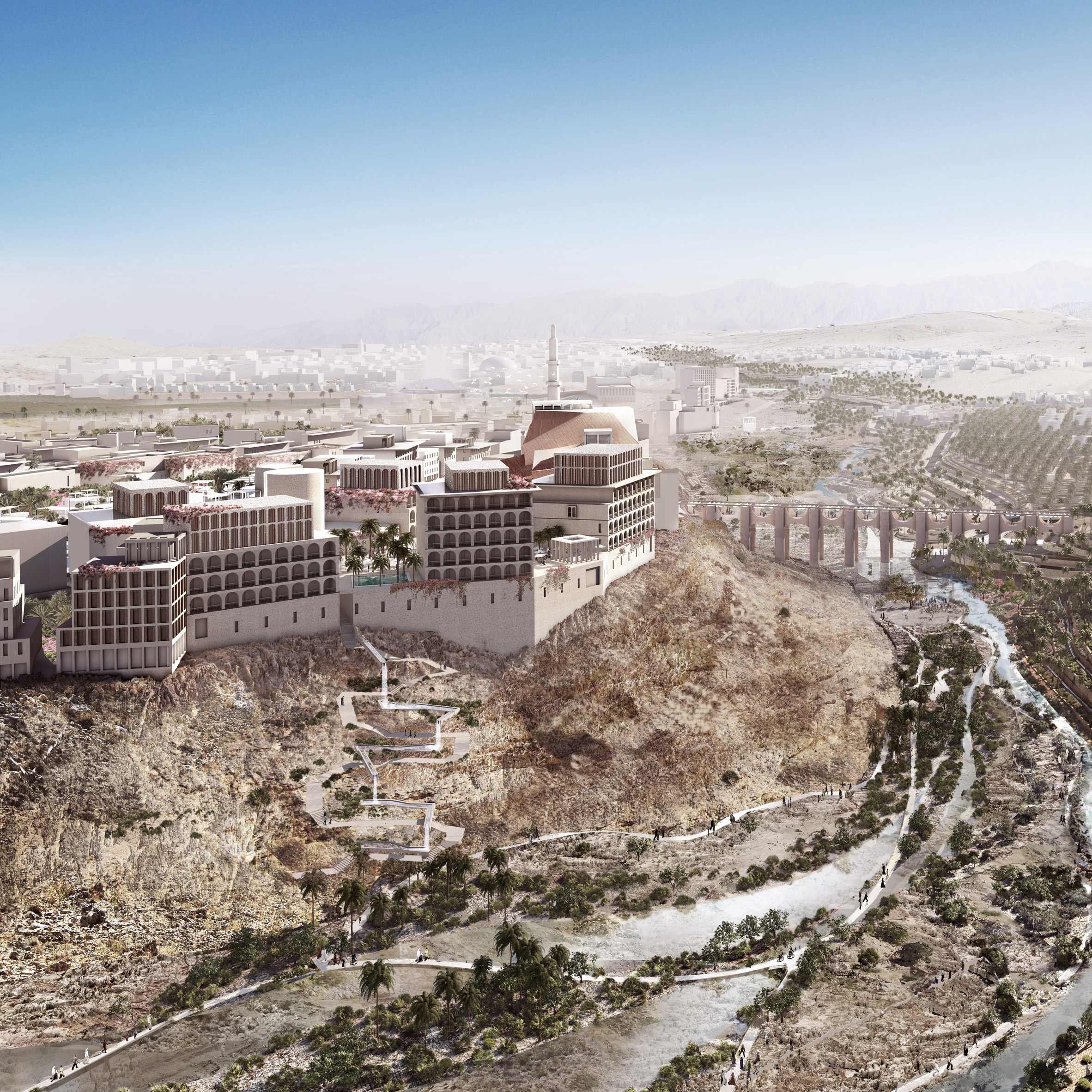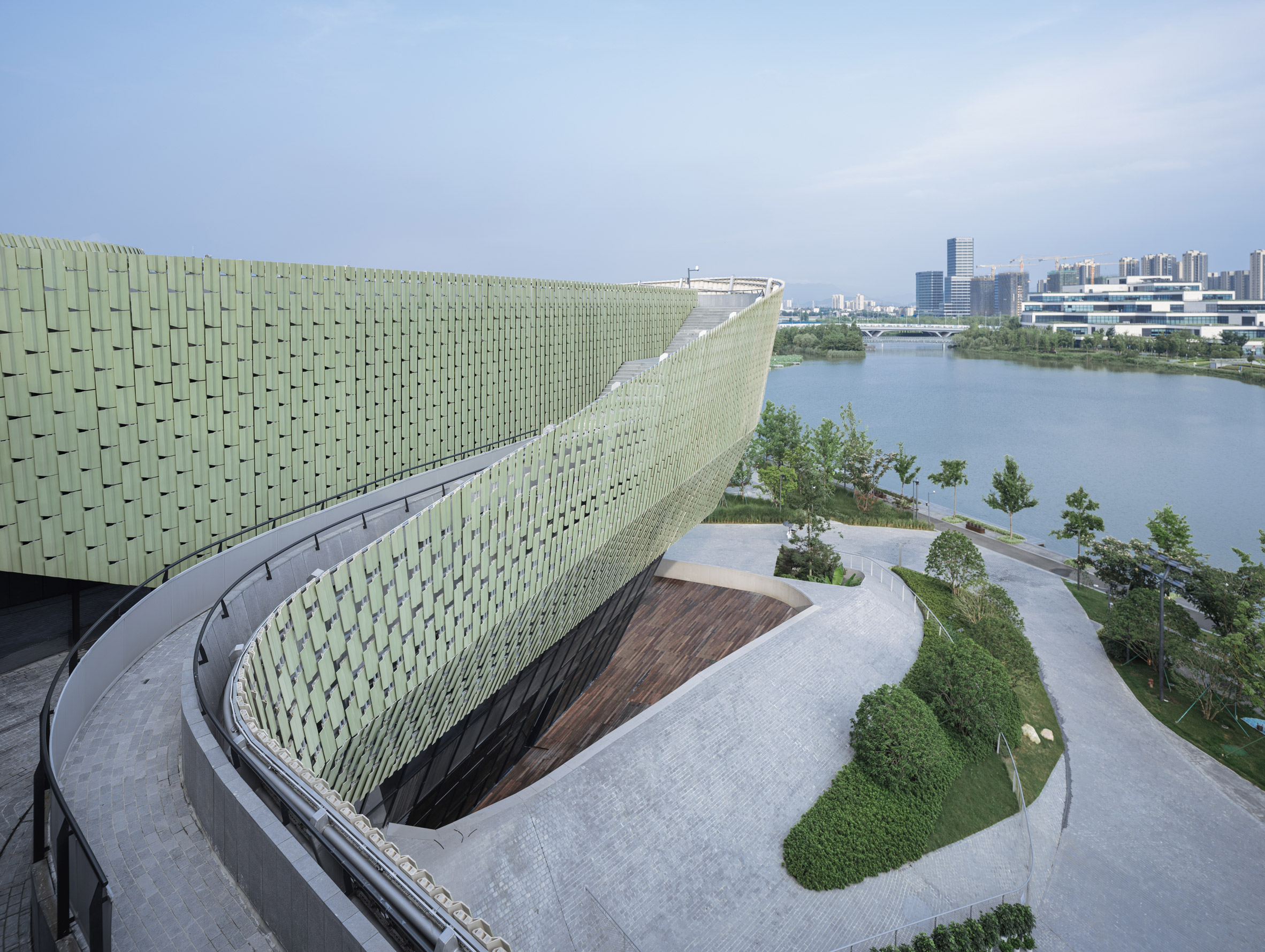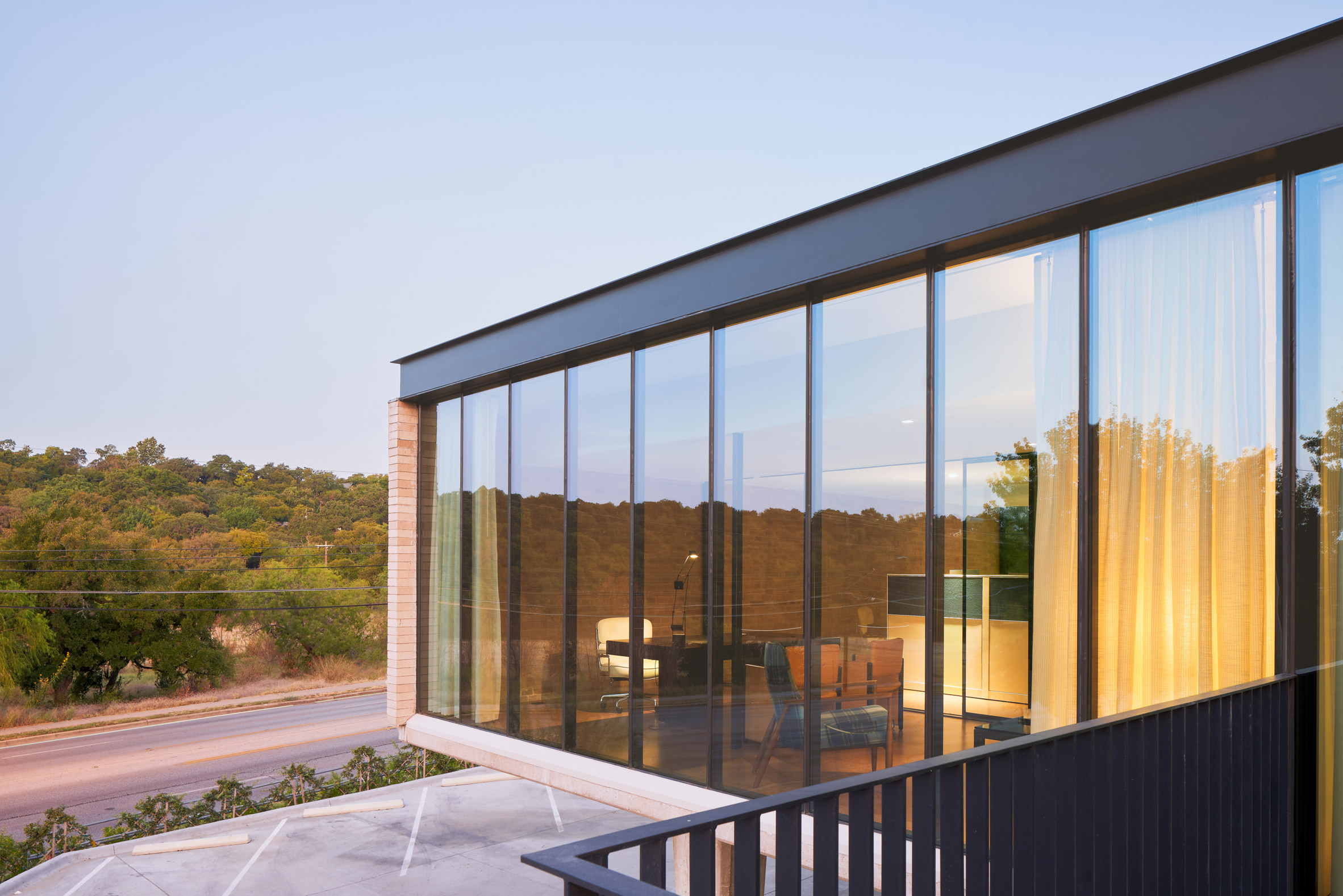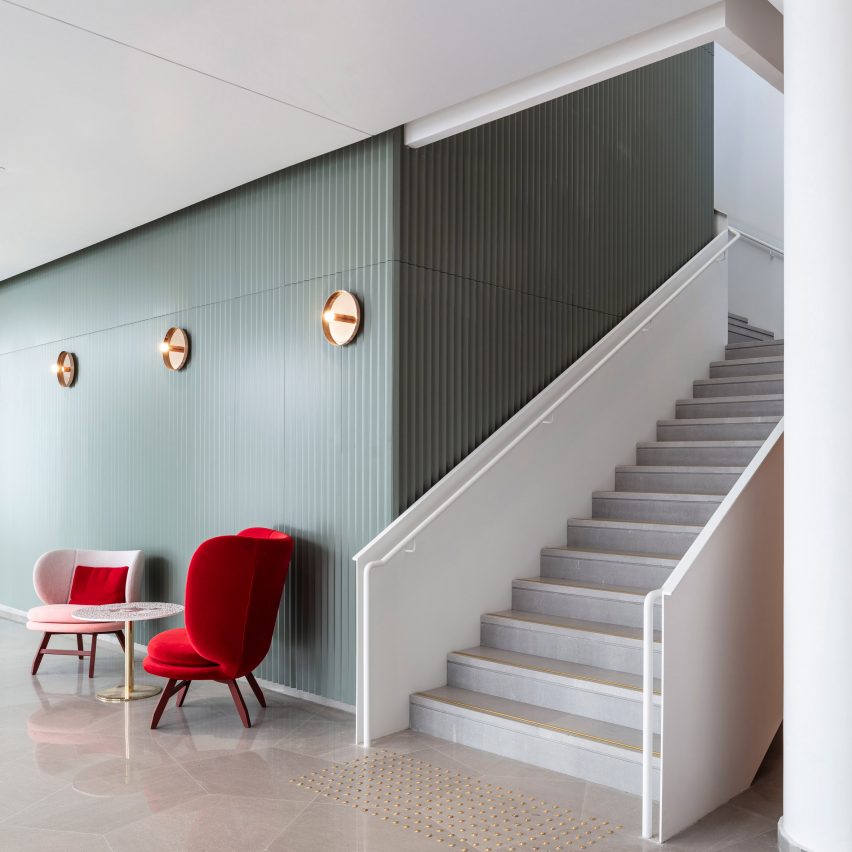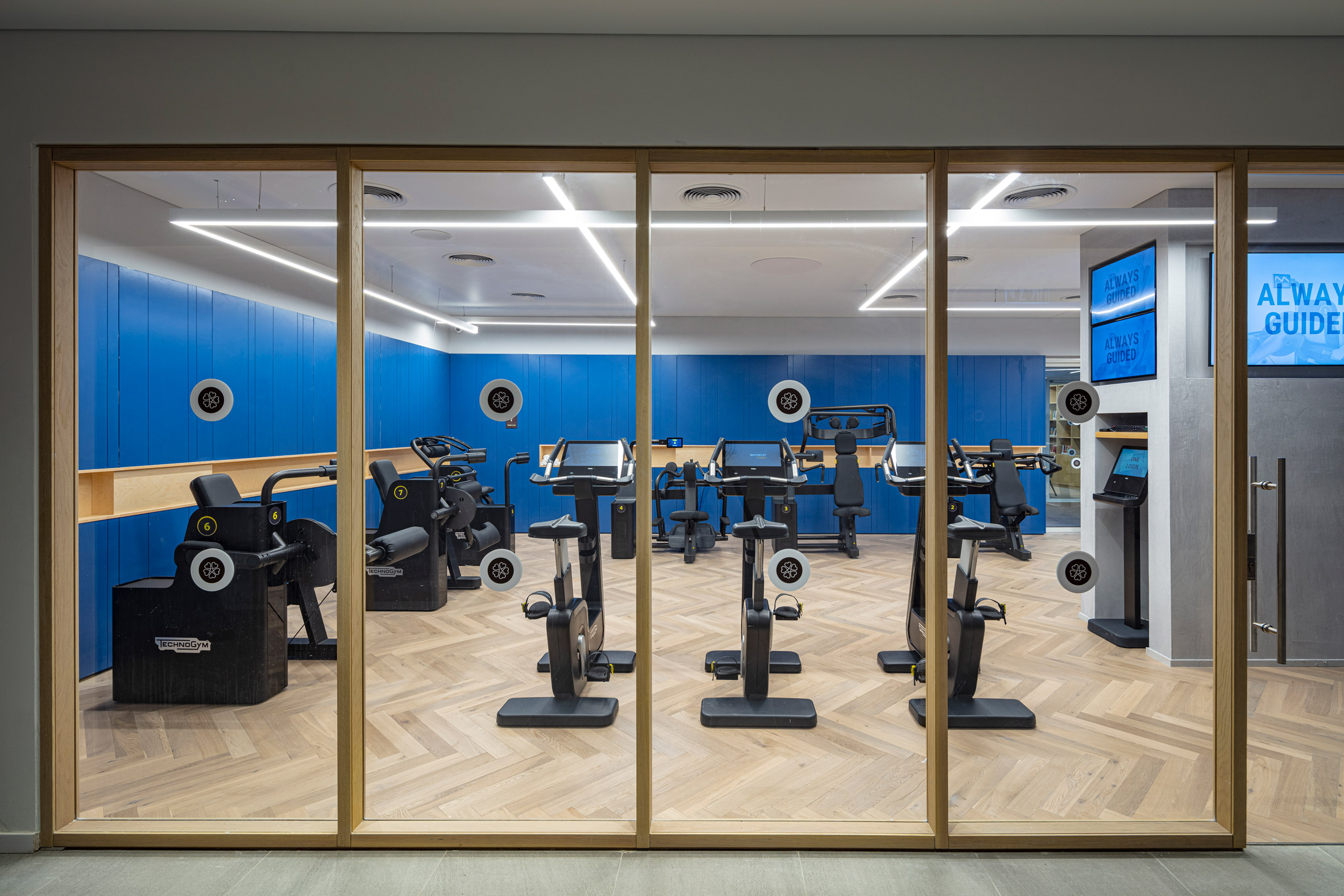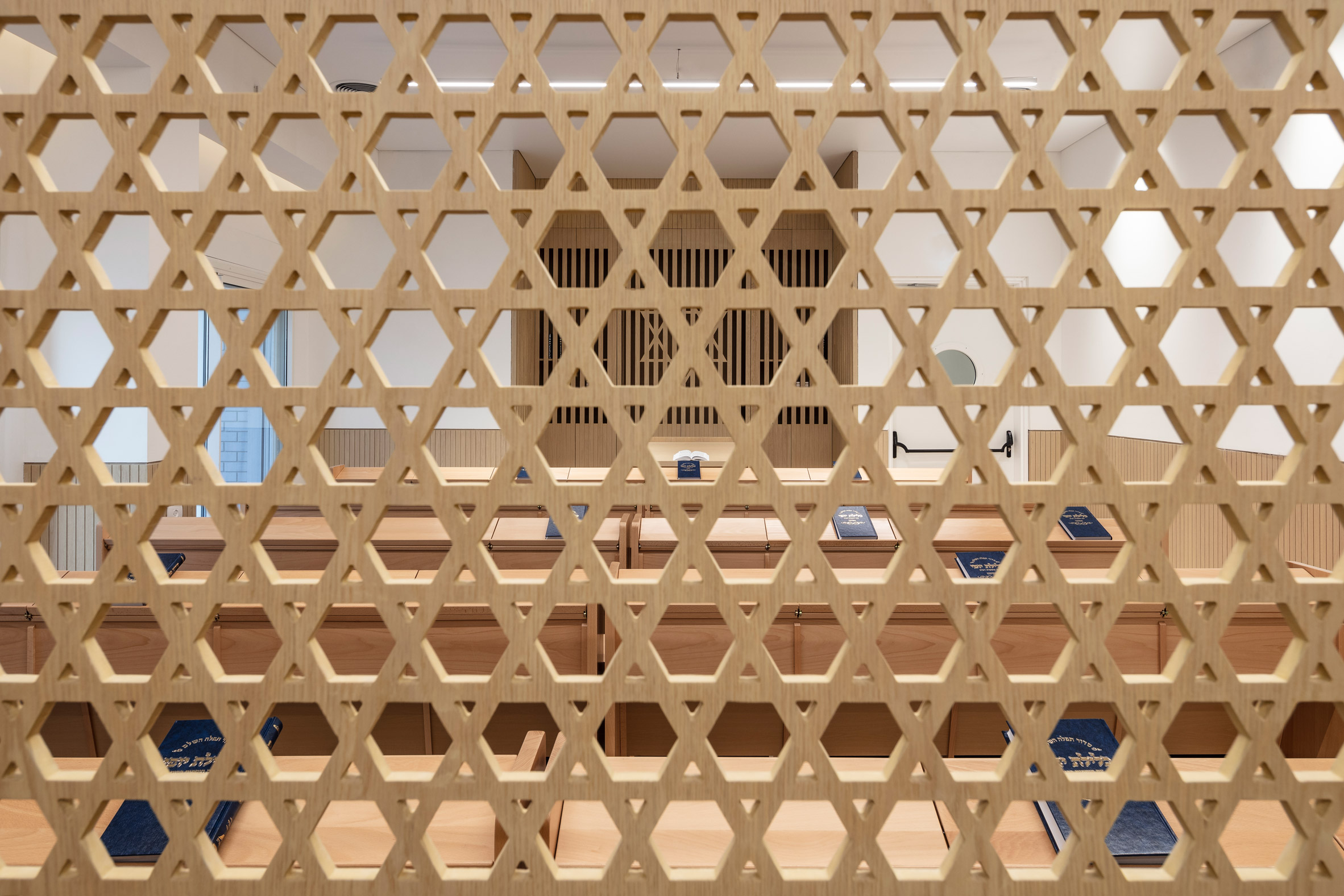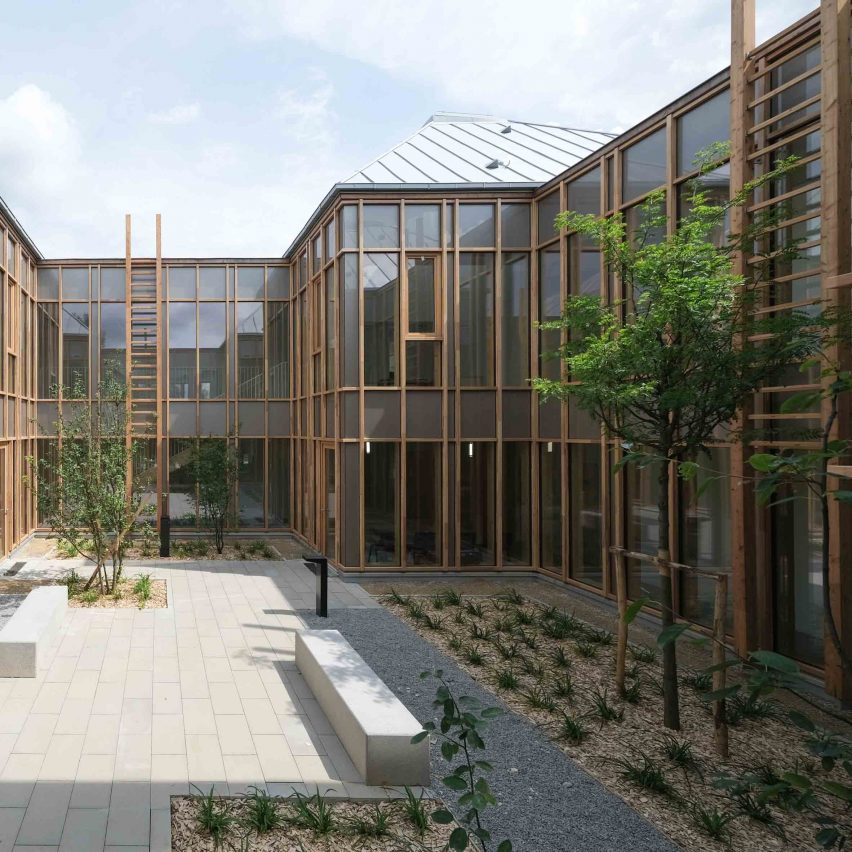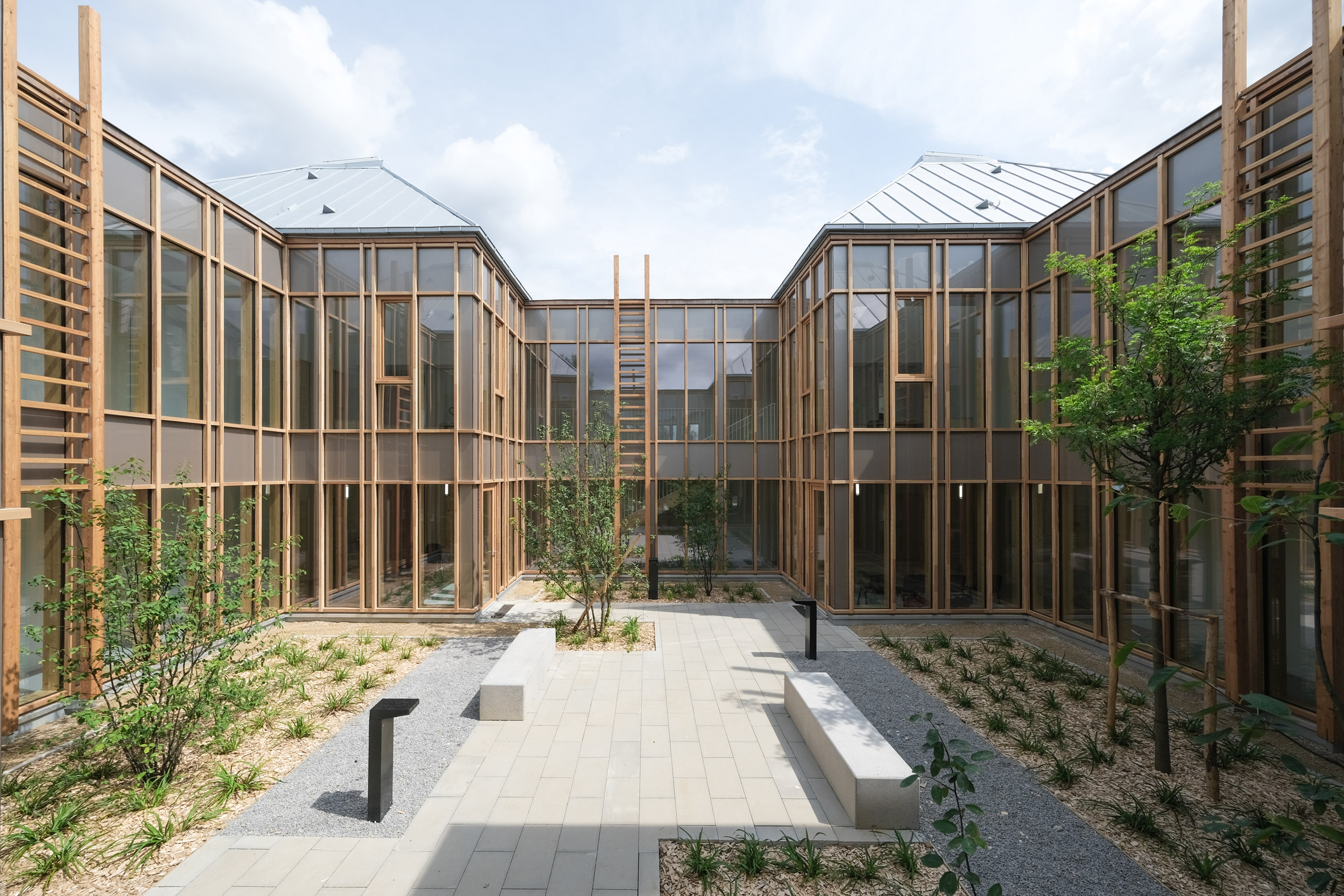
This week we've hand-picked five of the most promising opportunities on Dezeen Jobs, including vacancies at interior architecture studio Johnson Naylor and architecture firm David Chipperfield Architects.
Senior designer at Johnson Naylor
Interior architecture firm Johnson Naylor is looking for an interior designer to join its studio in London. The practice recently converted a world war two pumping station into a holiday home on Dungeness beach in England's Kent.
Browse all roles for designers ›
3D visualiser at David Chipperfield Architects
David Chipperfield Architects has completed the London outpost of art gallery Bastien, featuring an exhibition space, private showroom and small office. The firm has a vacancy for a 3D visualiser to join its team in London.
Project architect at Coop Himmelb(l)au
Coop Himmelb(l)au is searching for a project architect to develop design concepts at its Vienna office in Austria. The studio completed the Museum of Contemporary Art and Planning Exhibition, a huge curved art complex in China's Shenzhen.
See more project architect opportunities ›
Architects at Allies and Morrison
Allies and Morrison has created a masterplan for Madinat Al Irfan, a new city in Oman which will be transformed from a desert valley into a 624-hectare urban centre. The studio is recruiting for architects at its London office with experience across the masterplanning, commercial, residential and mixed-use sectors.
View all architecture positions ›
Furniture/industrial designer at Starck Network Agency
Starck Network Agency has an opening for a furniture/industrial designer at its practice in London. French designer Philippe Starck has collaborated with luxury car brand Bently to create a smart power dock for the vehicle manufacturer's new Bentayga Hybrid model.
See more industrial design roles ›
See all the latest architecture and design roles on Dezeen Jobs ›
The post The top architecture and design roles this week include positions at Johnson Naylor and David Chipperfield Architects appeared first on Dezeen.
from Dezeen https://ift.tt/3b53r2f



